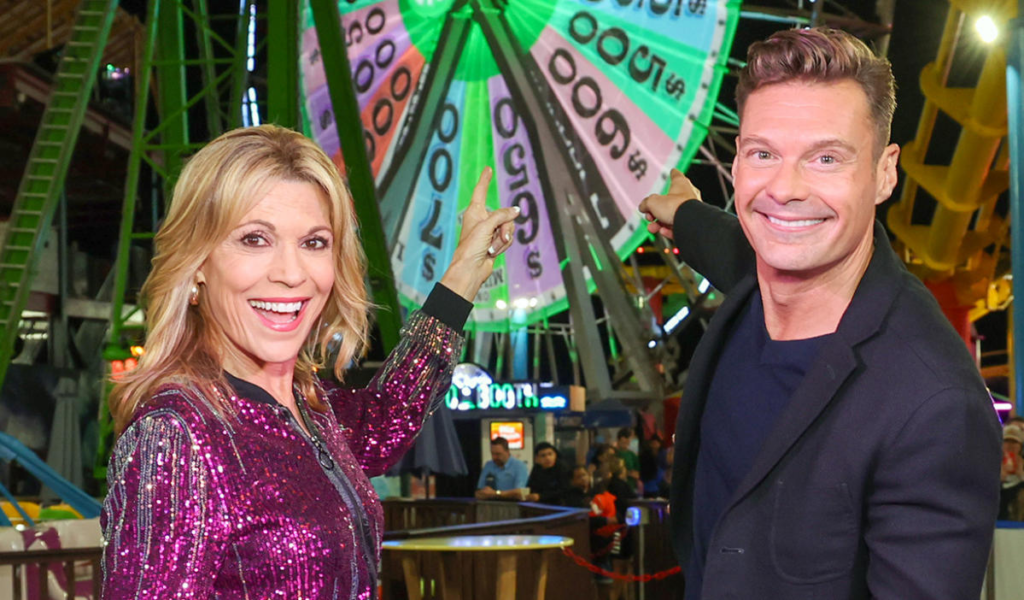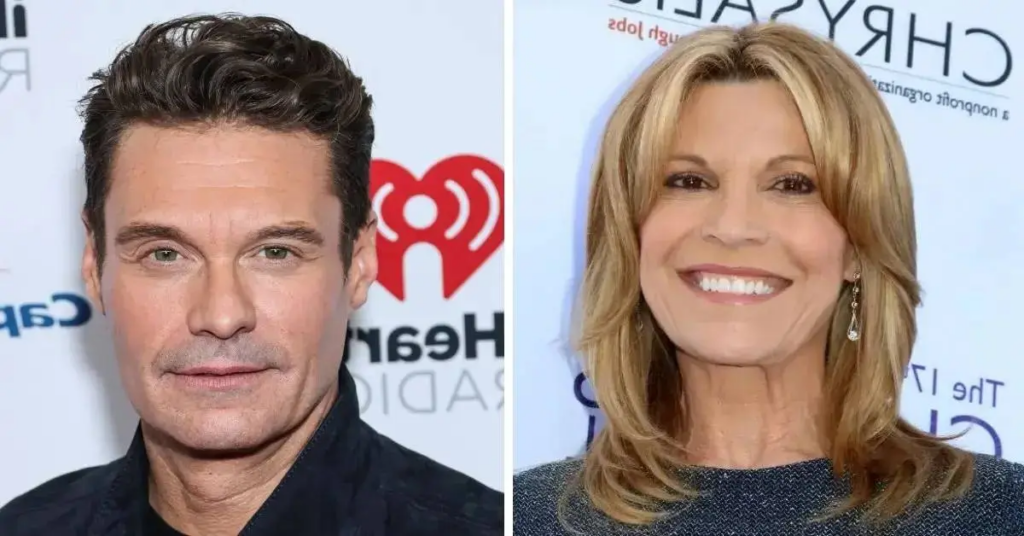The producers of Wheel of Fortune made the decision to swiftly replace Ryan Seacrest without allowing him the opportunity to deliver a farewell or address the audience directly.

This unexpected move has left many fans and industry observers speculating about the motivations behind it.
Could it have been a reaction to the intense backlash from fans following his involvement with the show?
For context, Ryan Seacrest, a seasoned television personality and host, has long been a prominent figure in the entertainment industry.

Known for his role as the host of American Idol and various other projects, he carries an extensive résumé of successful endeavors.

However, his association with Wheel of Fortune stirred mixed reactions from the show’s fanbase. Some supporters embraced his energy and professionalism, believing his inclusion could bring a modern flair to the long-running game show. Others, however, were less enthused. Criticisms ranged from questioning his suitability for the role to concerns about the changes he might bring to a show beloved for its consistency and nostalgic value.
The decision to remove Seacrest without any formal farewell has fueled speculation about whether the producers were swayed by public opinion. Fan backlash can be a powerful force, especially in the digital age, where social media amplifies collective sentiment in real time. If the majority of the feedback surrounding Seacrest’s participation was negative, it’s possible that the showrunners felt pressured to make a change to preserve the show’s reputation and its dedicated audience.
One of the challenges for any new host of an iconic show like Wheel of Fortune is stepping into the shoes of a beloved predecessor. Pat Sajak, who has been synonymous with the program for decades, set a high standard for any successor. Fans often develop strong emotional attachments to long-standing hosts, making transitions difficult. New hosts are inevitably compared to their predecessors, sometimes harshly, which can lead to polarized opinions. For Seacrest, this may have been particularly pronounced due to his existing public persona. While he has enjoyed widespread success, his ubiquity in the media and high-profile roles may have also made him a polarizing figure for some viewers.
It’s also worth considering whether the decision to replace Seacrest was a preemptive move by the producers to avoid potential long-term fallout. Television executives often weigh audience feedback heavily when making casting decisions, particularly for established shows with a loyal following. If early indicators suggested that Seacrest’s continued involvement might alienate viewers, the producers may have opted for a swift course correction. In this context, the lack of a formal goodbye might reflect a desire to move past the controversy quickly, minimizing additional attention or debate.

Alternatively, the decision could have been driven by internal dynamics within the production team. Creative differences or strategic shifts behind the scenes sometimes lead to abrupt changes in television casting. If the producers or executives felt that Seacrest’s vision for the role did not align with the show’s direction, they might have decided to part ways sooner rather than later. However, without an official statement from the producers or Seacrest himself, this remains speculative.
The handling of Seacrest’s departure has also drawn criticism for its lack of transparency. Allowing a departing host to address the audience is not just a courtesy but also an acknowledgment of their contribution to the show. By skipping this step, the producers may have inadvertently fueled negative perceptions, making it appear as though Seacrest’s time with the program was being erased or dismissed. Such an approach risks alienating not just Seacrest’s fans but also those who value openness and respect in these transitions.

In examining whether fan backlash played a significant role, it’s essential to consider the broader context of television programming. Viewer engagement is the lifeblood of any successful show, and producers are acutely aware of the importance of maintaining a positive relationship with the audience. If Seacrest’s involvement was indeed met with widespread criticism, the producers may have felt compelled to act decisively to preserve the show’s standing. However, this raises questions about the balance between listening to fan feedback and giving a new host a fair chance to find their footing.
Ultimately, the decision to replace Seacrest so quickly reflects the complex interplay of audience expectations, industry pressures, and creative considerations. Whether driven by fan backlash, internal disagreements, or strategic recalibration, the situation highlights the challenges of maintaining a legacy show while navigating the evolving dynamics of television viewership. For Seacrest, the abrupt departure is undoubtedly a disappointing turn of events, particularly given his established career and the potential he brought to the role. For fans and industry insiders alike, the episode serves as a reminder of the sometimes unforgiving nature of entertainment, where even seasoned professionals can face swift and unexpected exits.
Follow us to see more useful information, as well as to give us more motivation to update more useful information for you.


